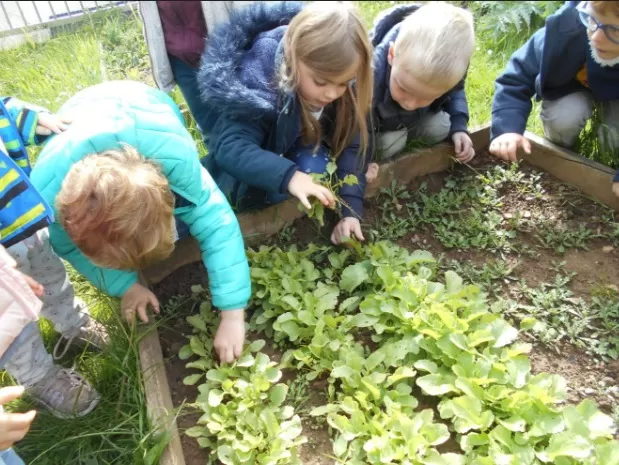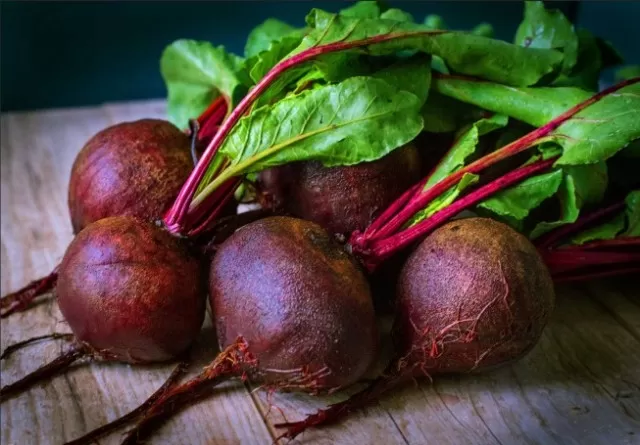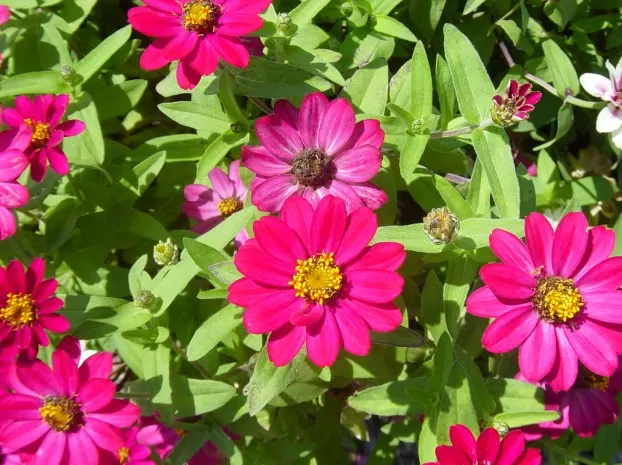Outdoor Exclusive: Plants Unsuitable for Indoor Starting. When utilizing grow lights for indoor gardening, it is important to allocate space wisely and prioritize plants that truly benefit from a head start.
There are several vegetable, herb, and flower seeds that thrive when directly sown outdoors. By reserving room under your grow lights for plants that truly require an early start indoors, you can optimize space and ensure the best possible growth for your garden.
Certain vegetable varieties, such as beans, peas, corn, radishes, and carrots, tend to perform better when sown directly into the soil outdoors. These plants are typically fast-growing and have sturdy seedlings that can handle the environmental conditions and potential root disturbance associated with outdoor sowing.
Enhancing Gardening Efficiency: Optimizing Plant Growth and Maximizing Yield

Commencing the gardening process indoors offers gardeners a valuable advantage in extending the growing season.
In numerous USDA plant hardiness zones, certain varieties cannot be directly sown into the soil. Take tomatoes, for instance, which necessitate an extended growing period.
In several zones, delaying the sowing of tomato seeds until after the final frost may result in the plants failing to yield succulent, plump tomatoes before the arrival of cold weather.
A useful guideline to follow is to cultivate slow-growing plants indoors while directly sowing seeds of rapidly growing plants or those that dislike transplantation.
By directly sowing specific plants, indoor space can be conserved, and outdoor gardening can commence promptly once the soil becomes warm.
Outlined below are the plant varieties that are best suited for direct seeding in the garden, obviating the need for indoor starting.
Efficiently Growing Carrots: Direct Seeding for Optimal Results
When it comes to carrots, it is unnecessary to initiate their growth indoors.
Due to their lengthy taproot, these root vegetables strongly dislike being transplanted. Although it is possible to transfer them to the outdoor garden, the procedure can be laborious and often leads to the development of misshapen carrots. The most convenient approach is to directly sow these nutritious and Vitamin A-packed veggies into the soil and subsequently thin them out as necessary. By doing so, you can maximize gardening efficiency and achieve optimal results with your carrot cultivation.
Optimizing Beet Cultivation: Considering Direct Seeding for Novice Gardeners

Although beets have a higher tolerance for transplantation compared to carrots, it is advisable to prioritize indoor space for cultivating tomatoes, peppers, eggplants, and other nightshade plants.
Beets can be successfully transplanted once they have established themselves, but novice gardeners may find greater success by directly sowing them into the garden. This approach simplifies the process and increases the chances of achieving favorable results.
By reserving your indoor space for other plants and opting for direct seeding, you can enhance efficiency in beet cultivation, especially for those new to gardening.
Efficient Approach to Squash Cultivation: Direct Seeding for Quick Growth and Reduced Risks
Squash stands out as a vegetable with remarkable growth speed and a high yield potential within a relatively short period.
However, when it comes to transplanting squash, there is an element of uncertainty. While favorable outcomes are possible, there is also a significant risk associated with transplanting. The stress of being uprooted and relocated can weaken the squash plant, making it more susceptible to pests and diseases.
To maximize efficiency and minimize potential risks, it is recommended to opt for direct seeding when cultivating squash.
By directly sowing squash seeds into the garden, you allow them to grow and develop in their intended environment from the very beginning. This eliminates the need for transplantation, reducing the chances of weakening the plant and increasing its resistance to pests and diseases.
By choosing direct seeding as your approach to squash cultivation, you can enhance gardening efficiency, promote healthier plant growth, and mitigate the risks associated with transplantation.
Optimizing Zinnia Growth: Direct Seeding for Colorful and Continuous Blooms

Zinnias, with their captivating beauty and abundant blooms, are a delightful addition to any garden.
These annual flowers effortlessly infuse the landscape with vibrant colors and remain in bloom throughout the summer, often extending their display well into the fall. When it comes to cultivating zinnias, the most favorable approach is to directly sow their seeds in the desired location.
Zinnias have a preference for undisturbed roots and can be easily grown from seed, making direct seeding the ideal method.
By directly sowing zinnia seeds right where you want them to flourish, you ensure that their roots remain undisturbed.
This not only enhances their overall growth but also minimizes any potential stress or setbacks caused by transplanting. With direct seeding, you can maximize the beauty and longevity of zinnia blooms, allowing them to thrive and bring continuous joy to your garden.
*The information is for reference only.